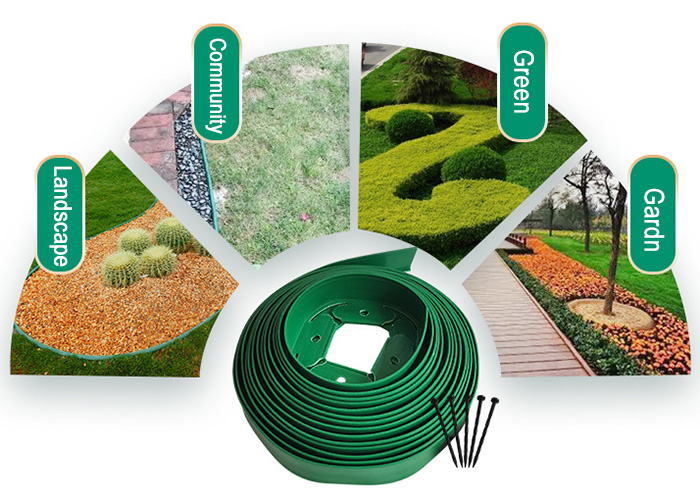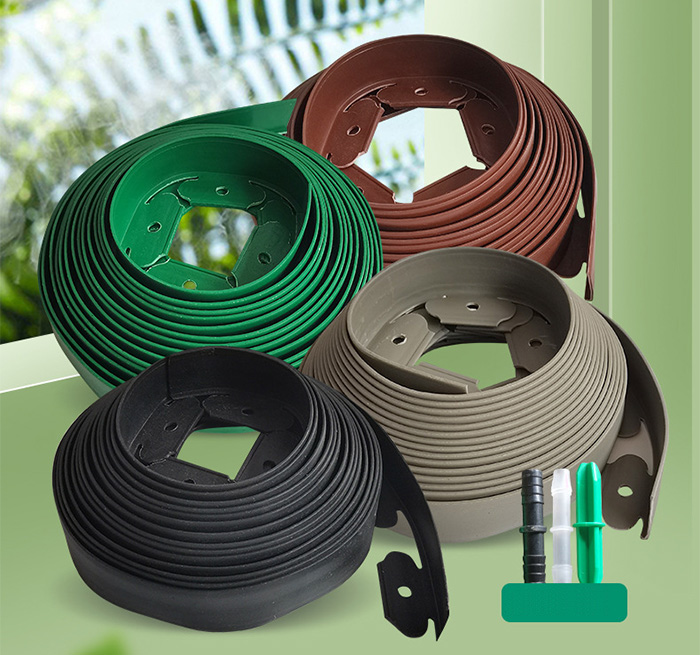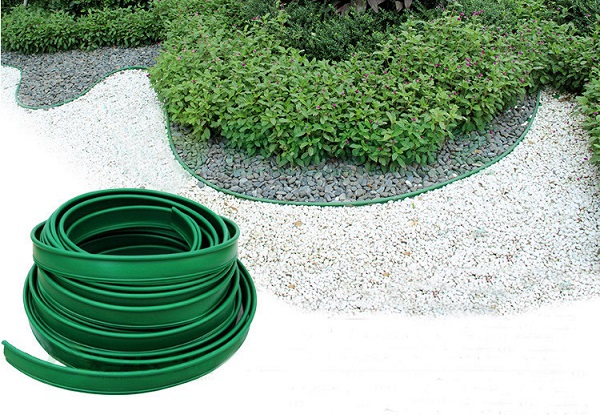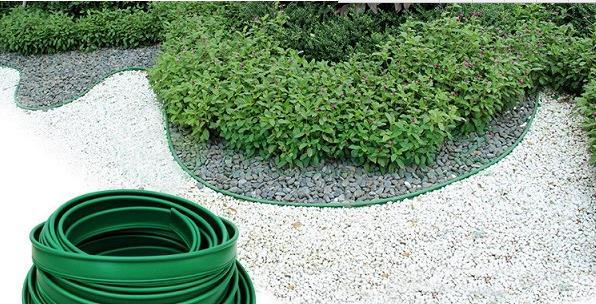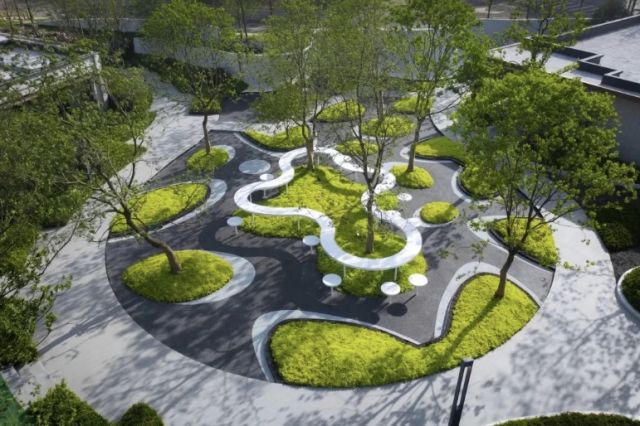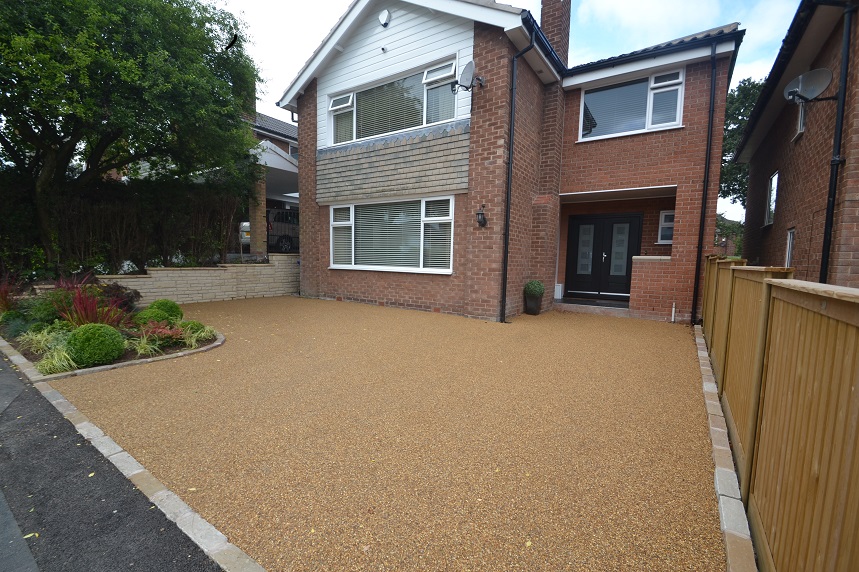Plastic Landscape Edging: A Versatile and Durable Solution for Your Garden or Lawn
Looking for a way to improve the look and functionality of your garden or lawn? Plastic landscape edging is a versatile and durable solution that can help you achieve your goals.
Plastic landscape edging is available in a variety of shapes, sizes, and colors to suit your needs. It can be used to create neat and tidy borders, prevent weeds from spreading, protect plants from damage, and define different areas of your landscape.
Advantages of Plastic Landscape Edging
- Versatile: Plastic landscape edging can be used for a variety of purposes. For example, it can be used to:
- Create neat and tidy borders around your lawn or flower beds.
- Prevent weeds from spreading into your flower beds or vegetable garden.
- Protect your plants from damage from foot traffic or animals.
- Define different areas of your landscape, such as a patio or walkway.
- Durable: Plastic landscape edging is made from durable materials that can last for many years. It is resistant to weather, chemicals, and wear and tear.
- Low-maintenance: Plastic landscape edging requires little maintenance. Once it is installed, you can simply enjoy your garden or lawn without having to worry about it.
- Affordable: Plastic landscape edging is a cost-effective option. It is a fraction of the cost of other types of landscape edging, such as stone or concrete.
How to Choose Plastic Landscape Edging
When choosing plastic landscape edging, there are a few things to keep in mind:
- Shape and size: Choose the shape and size that best suits your needs. For example, if you need to create a curved border, you will need to choose a curved edging.
- Color: Choose a color that will complement your garden or lawn.
- Material: Plastic landscape edging is available in a variety of materials, including PVC, polyethylene, and polypropylene. Each material has its own advantages and disadvantages. For example, PVC is more durable than polyethylene, but it is also more expensive.
How to Install Plastic Landscape Edging
Installing plastic landscape edging is a relatively easy project that can be completed in a few hours. Here are the basic steps:
- Mark the area where you want to install the edging.
- Dig a trench along the marked line.
- Place the edging in the trench and secure it in place.
- Fill in the trench with soil.
Case Studies
Here are a few case studies that demonstrate the versatility and benefits of plastic landscape edging:
- A homeowner in California used plastic landscape edging to create a neat and tidy border around her flower beds. The edging helped to keep the flowers in place and prevented weeds from spreading.
- A landscaper in Florida used plastic landscape edging to define different areas of a commercial property. The edging helped to create a clean and organized look.
- A homeowner in Texas used plastic landscape edging to protect her plants from damage. The edging helped to keep the plants from being trampled by foot traffic.
Conclusion
Plastic landscape edging is a versatile and affordable material that can be used to create a variety of landscape features in gardens and lawns. It is a great choice for homeowners and landscapers alike, as it is easy to install and requires little maintenance.
Visit our product page to learn more about plastic landscape edging and how it can help you improve your garden or lawn.
Additional Information
In addition to the information provided above, here are some additional tips for choosing and installing plastic landscape edging:
- Measure twice, cut once. Make sure to measure carefully before cutting the edging to size.
- Use a level to ensure that the edging is installed evenly.
- Secure the edging in place with stakes or pins to prevent it from moving.
- Maintain your edging by cleaning it regularly and replacing any damaged sections.
By following these tips, you can ensure that your plastic landscape edging will last for many years to come.



